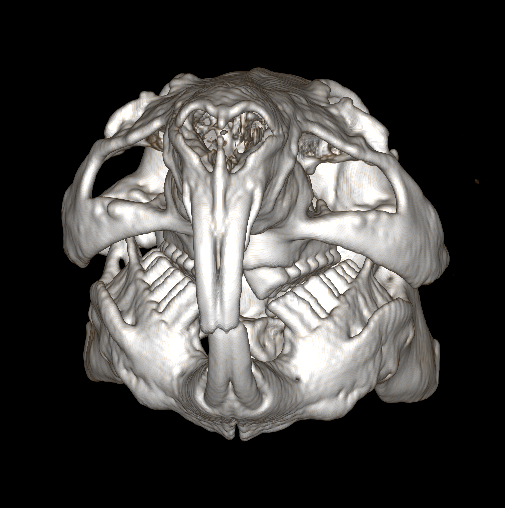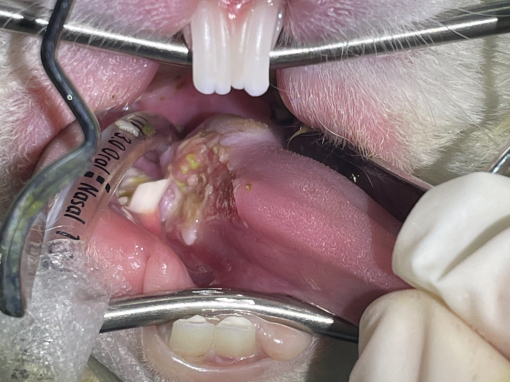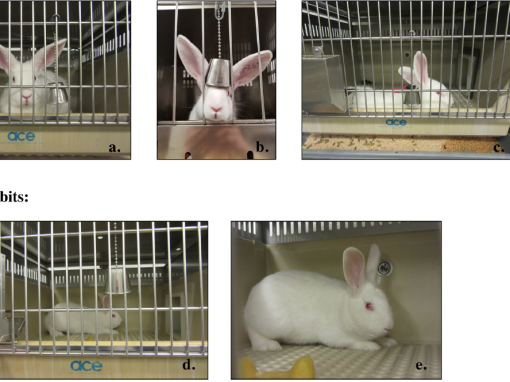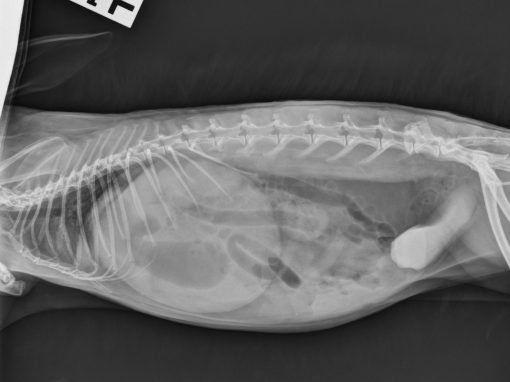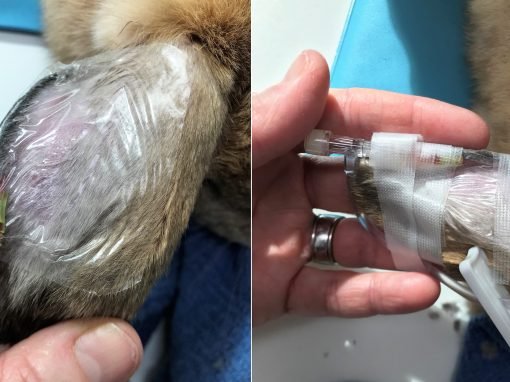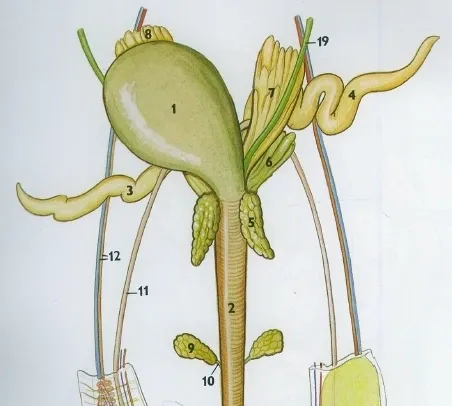
Guinea pigs are commonly affected by lower urinary tract disease, including uroliths and infection. It’s important to be familiar with the anatomic peculiarities in these species when approaching these cases.
In female guinea pigs, the urethral opening is separate from the vaginal opening. So when presented with “bleeding”, it’s more straightforward to differentiate between urinary and reproductive origin.
It’s the male anatomy that’s quite peculiar. At the tip of the penis is a sac with 2 keratinised prongs. It looks like this is where the urethra opens, but it’s actually next to it. There are also elaborate sex organs, including the seminal vesicles which look a lot like uterine horns (numbers 3 and 4 in photo). These features can make urinary catheterisation in males far more challenging than in females.
So if you ever need to catheterise a guinea pig, know your anatomy!
Photo reference:
Popesko et al. 1992. A colour atlas of anatomy of small laboratory animals.


